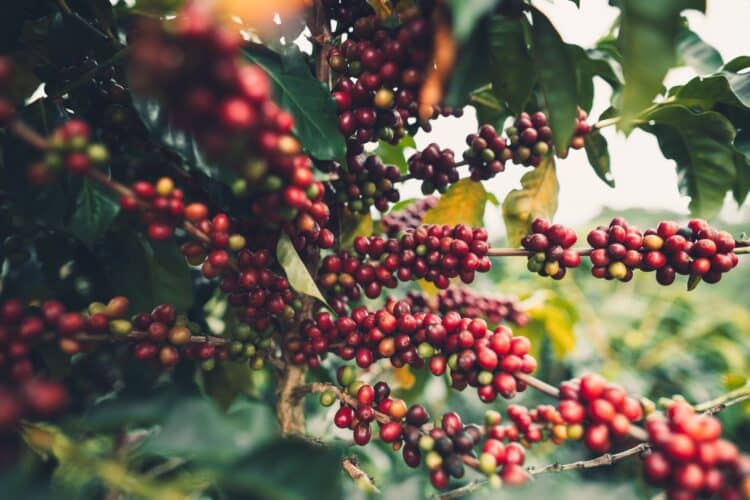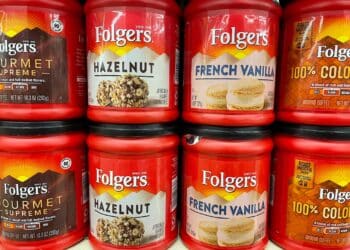Far lower than average rain in the Minas Gerais region of Brazil has been identified as a key region for a rise in Arabica future prices, with Somar Meterologia reporting just 26.4 mm, or 49 per cent of the historical average, of rain fell in the week ending 21 November.
These climate concerns are the latest driver of fluctuating coffee prices in the past fortnight, with United States President Donald Trump’s removal of tariffs on Brazilian agricultural products leading to a significant drop.
After the ICE Coffee C Futures market reached as low as US$3.50 per pound on 23 September, prices have since risen back above $4, peaking at US$4.22 per pound.
News of the removal of tariffs offered a short respite, but as of 24 November, prices have risen back to US$4.07 per pound.
ICE certified Arabica stocks have rebounded to above 405,000 bags which could ease some pressures; however they still remain floating around multi-year lows.
There is good news around Robusta coffee, with the forecast of drier weather in Dak Lak enabling harvests to recommence after heavy rains, floods, landslides, and typhoons in the area.
Damage caused by Typhoon Kalmaegi and the resulting storm surges is still being assessed.
Prices on the ICE Robusta Coffee Futures market closed at US$4405 on 24 November.





